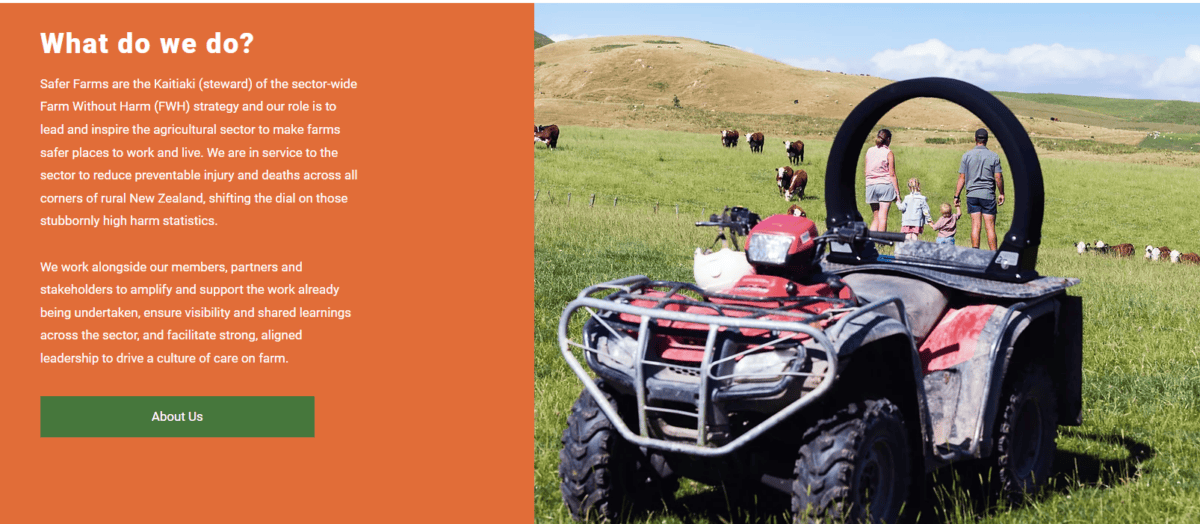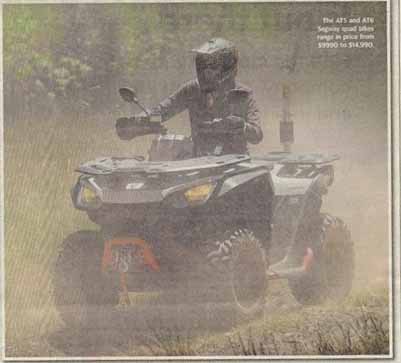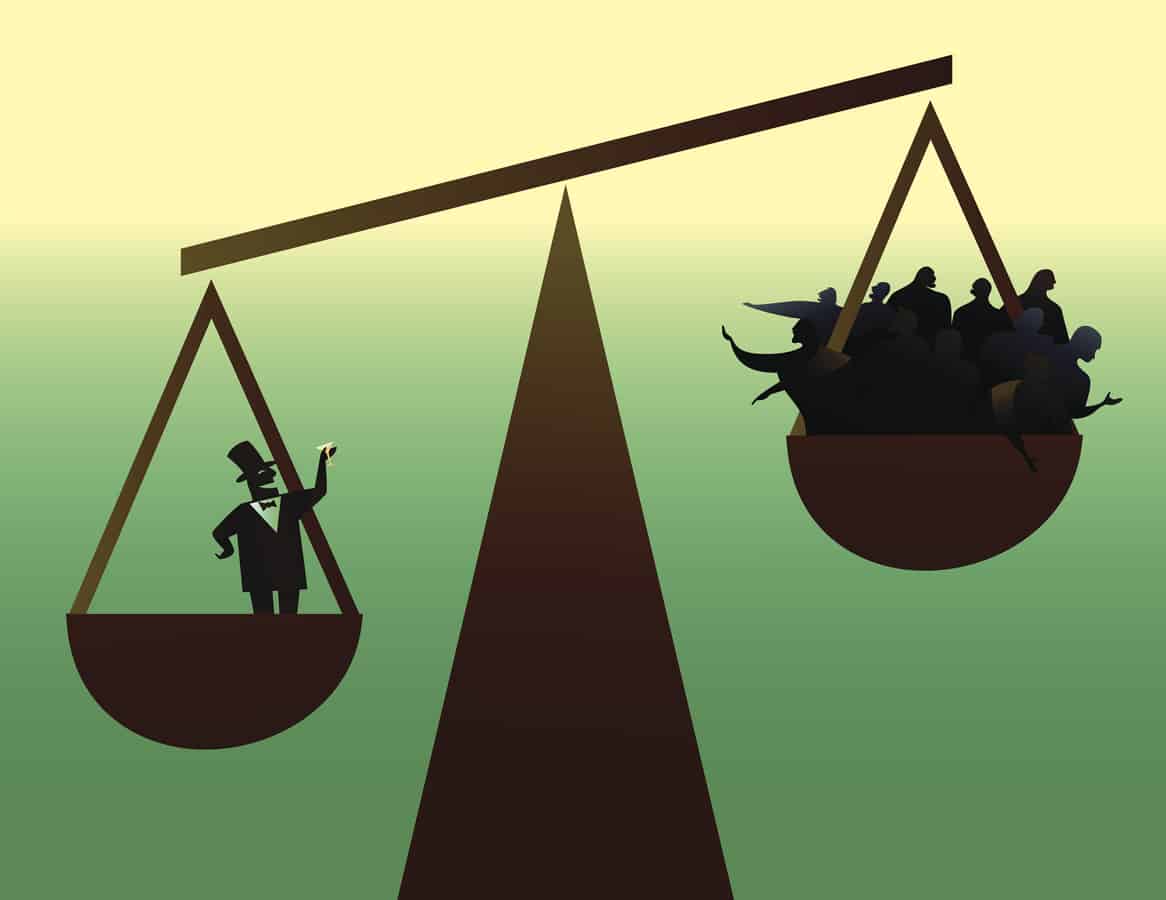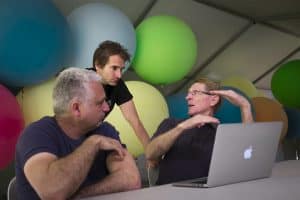Farming is a unique industry with significant occupational health and safety (OHS) challenges; it is unique because it is a blend of rural culture, working at home often with children in the workplace, isolation from social services, self-reliance and independence. It is important for the OHS advice provided and promoted to offer the most effective health and safety advice. Many farming organisations provide this information and do it well. New Zealand’s Safer Farms appears to have good intentions but may have missed the mark with their latest video.
Category: video
The normalisation of quad bike safety
Segway has made a push into the Australian quad bike market, helping to fill the gap left by some vehicle manufacturers who would not accept safety improvements to their quad bikes. Prominent Australian agricultural newspaper, The Weekly Times, reviewed the latest Segway quad bike models. Rider safety was not mentioned specifically in the review, but it was visibly present in the accompanying image and reinforced by Segway’s video media relelase.
Trade Unions, Cost, Exploitation and Responsibilisation
Trade unions have been the longest and strongest advocates on occupational health and safety (OHS) in Australia. Still, their political influence is falling slower than its declining membership due to structural legacies, of which the tripartite OHS consultation is one. The trade union strategy for OHS was to monetise it so that changes in OHS could be the catalyst for or on which it can piggyback industrial relations (IR) reform. A recent review of the work of Professor Michael Quinlan and a video from United States economist and author Robert Reich illustrates elements of this process.
Here’s to a less crappy 2021
Thank you to all the SafetyAtWorkBlog subscribers, followers and lurkers (I know you’re out there). Special thanks to the new subscribers in Asia, the United States and Europe and the very important corporate ones in Australia. It is your subscriptions that keep the SafetyAtWorkBlog operating.
2020 has been a shitty year for many reasons, but none so awful as COVID19. It has claimed several important OHS professionals this year, or professionals who were at least important to me.
The world has changed. The world of work has changed and it has made our jobs harder in many ways.
Please stay safe over the holiday break.
Managing safety on a high risk TV program
This article was originally published on May 15 2017 and I was reminded of it this week when talking to a colleague about the management of safety on some of the current home renovation programs.
It’s a long and, I think, fascinating article that suits a leisurely weekend read.
Todd Sampson has created a niche in Australian television by challenging himself in mental and physical tasks. His latest program is “Life on the Line“. What is intriguing about this type of TV program is how occupational health and safety (OHS) is managed in a way that does not impede the aim of the show.
SafetyAtWorkBlog spent some time with the safety adviser on the show, Roger Graham, to better understand the demands of advising film and TV productions on workplace safety. The exclusive interview is below.
Continue reading “Managing safety on a high risk TV program”Audio & Video Update
A week out from Australia’s Federal Election and a major national workplace health and safety conference in Sydney, I produced a video update and a podcast about some recent SafetyAtWorkBlog articles, some new books and what’s coming up in this blog.
If you are able to attend the #safetyscape conference next week, chase me down for a selfie. upload it to Twitter or Instagram and receive a month’s free subscription to the SafetyAtWorkBlog.
New film provides an update on legal action over the 2014 Hazelwood mine fire
An independently-produced documentary, Our Power, about the Hazelwood mine fire had its Victorian premiere on March 2 2019. The Hazelwood coal mine fire was a major workplace disaster than generated substantial public health damage in the neighbour communities in the Latrobe Valley. An early record of the event and its impacts can be found in Tom Doig‘s book The Coal Face.
The documentary provides unique vision of the fire and how it burned and polluted the neighbourhood for over a month in 2014. As time goes on, the fire is seen more as an environmental disaster as it is workplace incident and speakers in Our Power are certainly confident in linking the fire with the privatisation of State-owned assets and the social injustice that underpins neoliberalism.




